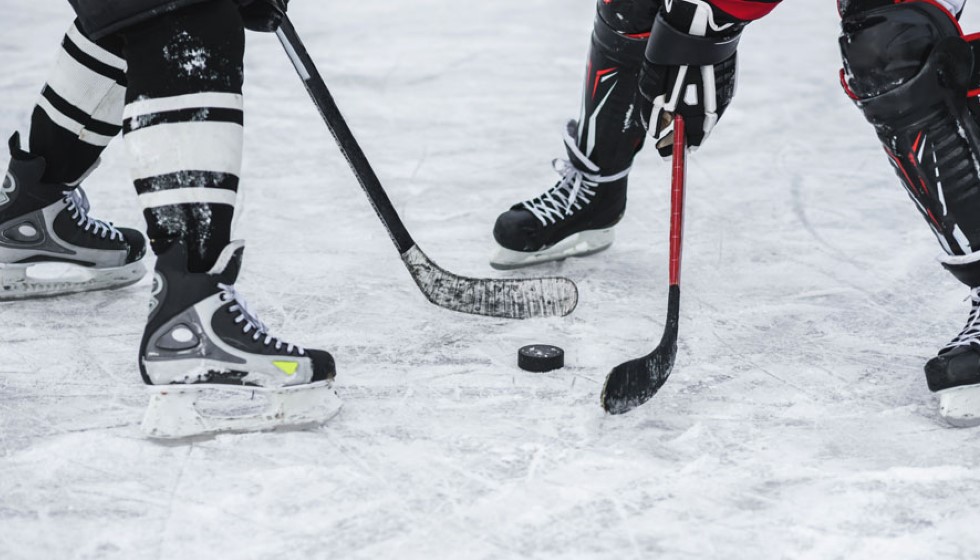
In a recent game between the Toronto Maple Leafs and the New York Rangers, a notable moment occurred when Ryan Reaves and rookie Matt Rempe took center stage on the ice. Rempe, standing tall at 6 feet 7 inches and weighing 240 pounds, has managed to make a significant impact in his short time in the NHL. With a record of scoring and assisting once in seven games, his presence in the league has been keenly felt, particularly in the penalty box where he's spent a remarkable 37 minutes, overshadowing his actual playtime by five minutes.
The Role of the Enforcer
The term "enforcer" has become synonymous with Rempe due to his physical style of play and willingness to engage in fights. This role, while controversial, has been a longstanding tradition in hockey, serving as a protector for more skill-focused players and aiming to deter opponents from aggressive behavior. However, the enforcer's place in hockey has been under scrutiny, especially following the tragic deaths of Derek Boogaard, Wade Belak, and Rick Rypien in 2011. These incidents brought to light the potential long-term implications of fighting in hockey, with research suggesting a link to Chronic Traumatic Encephalopathy (CTE), a serious brain condition. Despite these findings, NHL Commissioner Gary Bettman has expressed skepticism over the direct connection between hockey fights and CTE.
Changing Dynamics in Hockey
The evolution of hockey towards a more analytics-driven sport has complicated the fit for traditional enforcers in the league. These players, who typically lack in scoring ability and are not known for their skating prowess, find it challenging to secure their place in modern teams that value speed, agility, and technical skills. However, the role of fighting in hockey remains a part of the sport's "code," with many believing that it plays a crucial part in maintaining order on the ice and protecting players.
Despite these views, the NHL has seen a significant decrease in fighting, leading to a faster and more engaging game that prioritizes skill and athleticism. This shift reflects a broader move toward inclusivity and safety in sports, acknowledging the adverse effects that fighting can have on players' health.
Discussion and Cultural Implications
The discussion around enforcers like Rempe and the role of fighting in hockey extends beyond the ice, touching on cultural and social issues within the sport. For instance, the NHL found itself at the center of a cultural debate during the All-Star break in Florida, following a controversial LinkedIn post about a career fair, which drew criticism from Governor Ron DeSantis. The ensuing discussion highlighted how sports leagues navigate social and political landscapes, with calls for inclusivity and non-discrimination standing in contrast to traditional values and roles within the game.
For some, enforcers like Rempe are seen as crucial figures in maintaining the safety of the game, providing a check against unchecked aggression on the ice. Yet, the increased focus on their actions suggests that the debate over their role is far from settled, potentially signaling a shift in how the sport handles issues of violence and player welfare.
Conclusion
As the NHL continues to evolve, the figure of the enforcer and the practice of fighting in hockey remain polarizing topics. With the move toward a faster, more skill-based game, the future of these traditional roles is uncertain. However, the ongoing conversation reflects the broader dynamics at play in professional sports, where tradition, safety, and the push for inclusivity often collide. As the league and its fans grapple with these issues, players like Rempe serve as focal points in the discussion about the direction in which hockey, and sports in general, are heading.